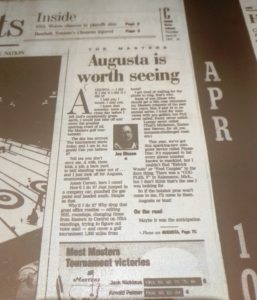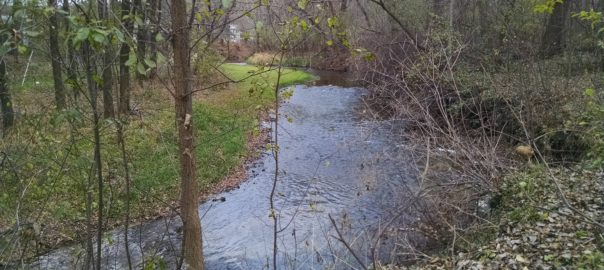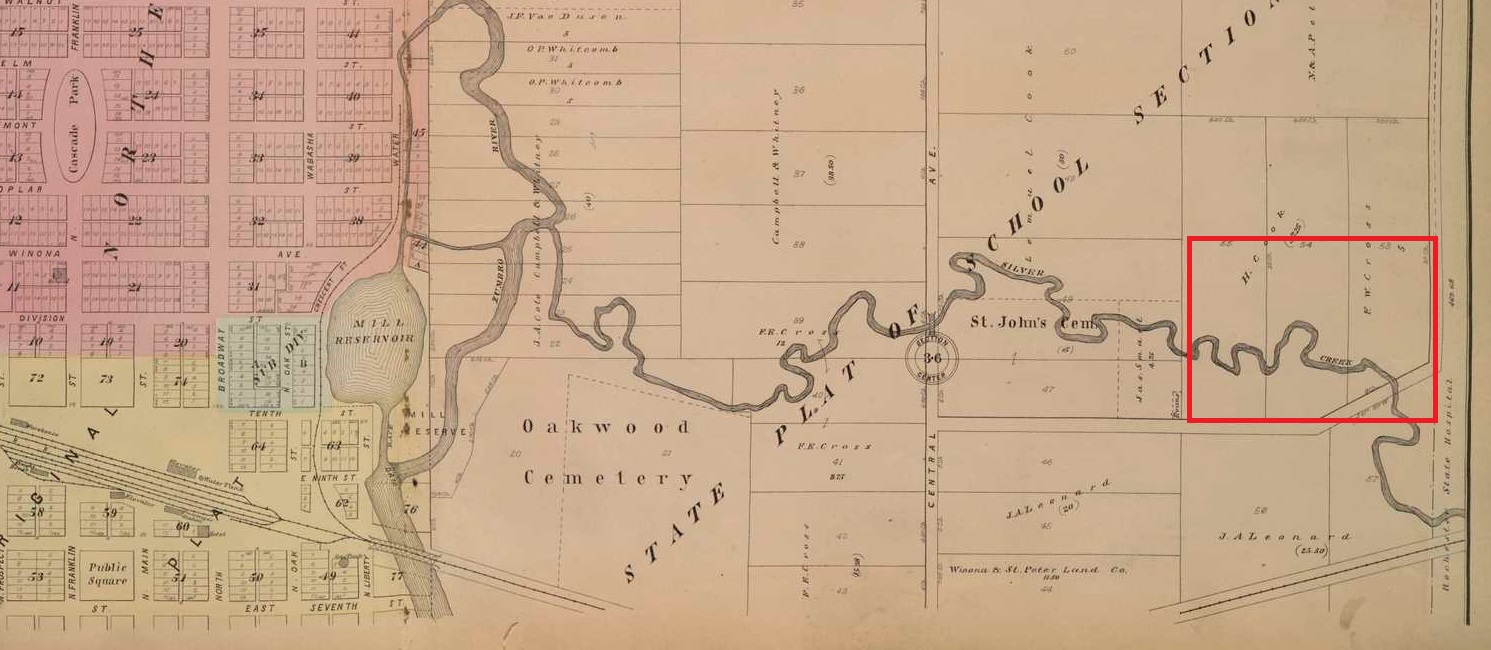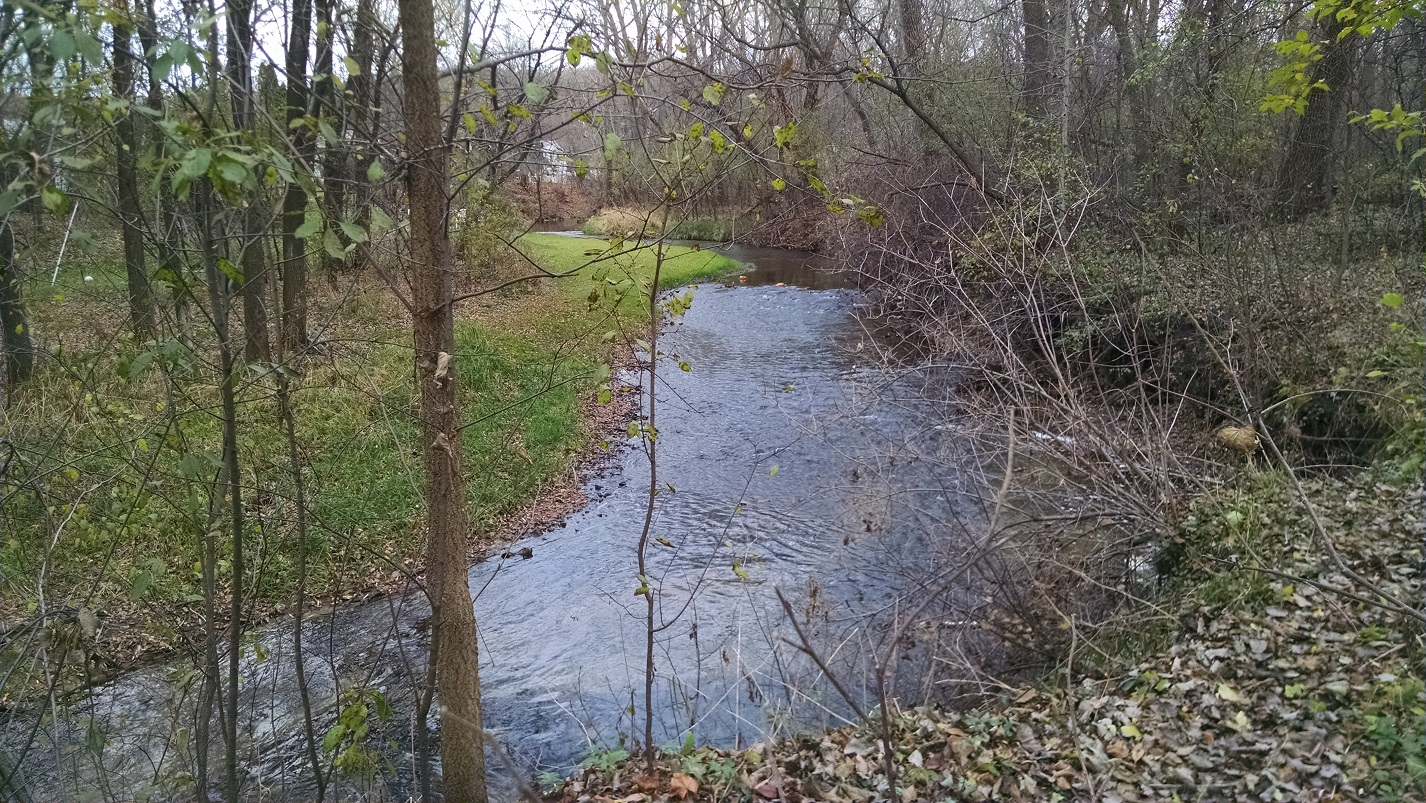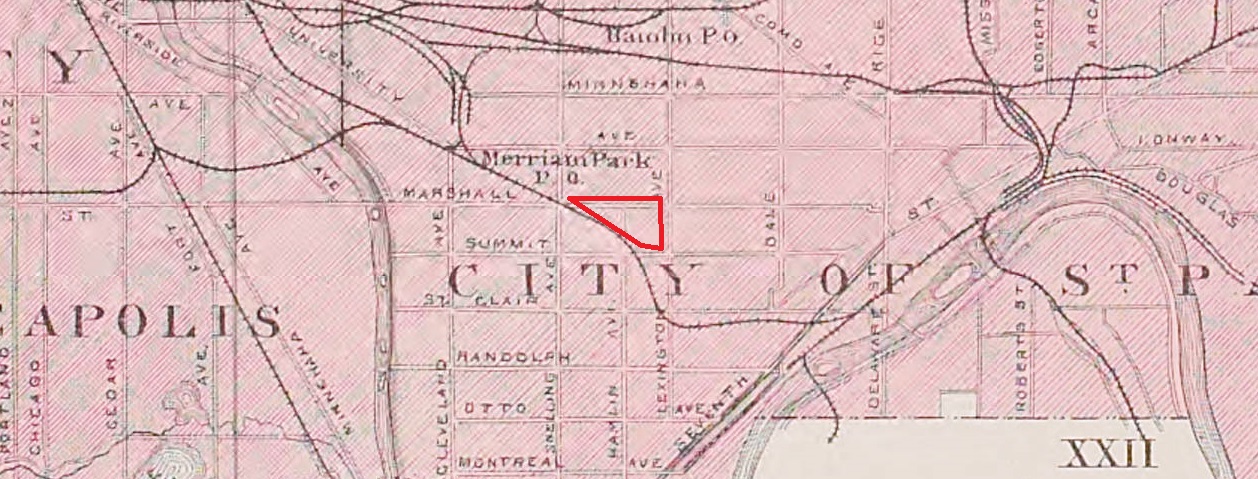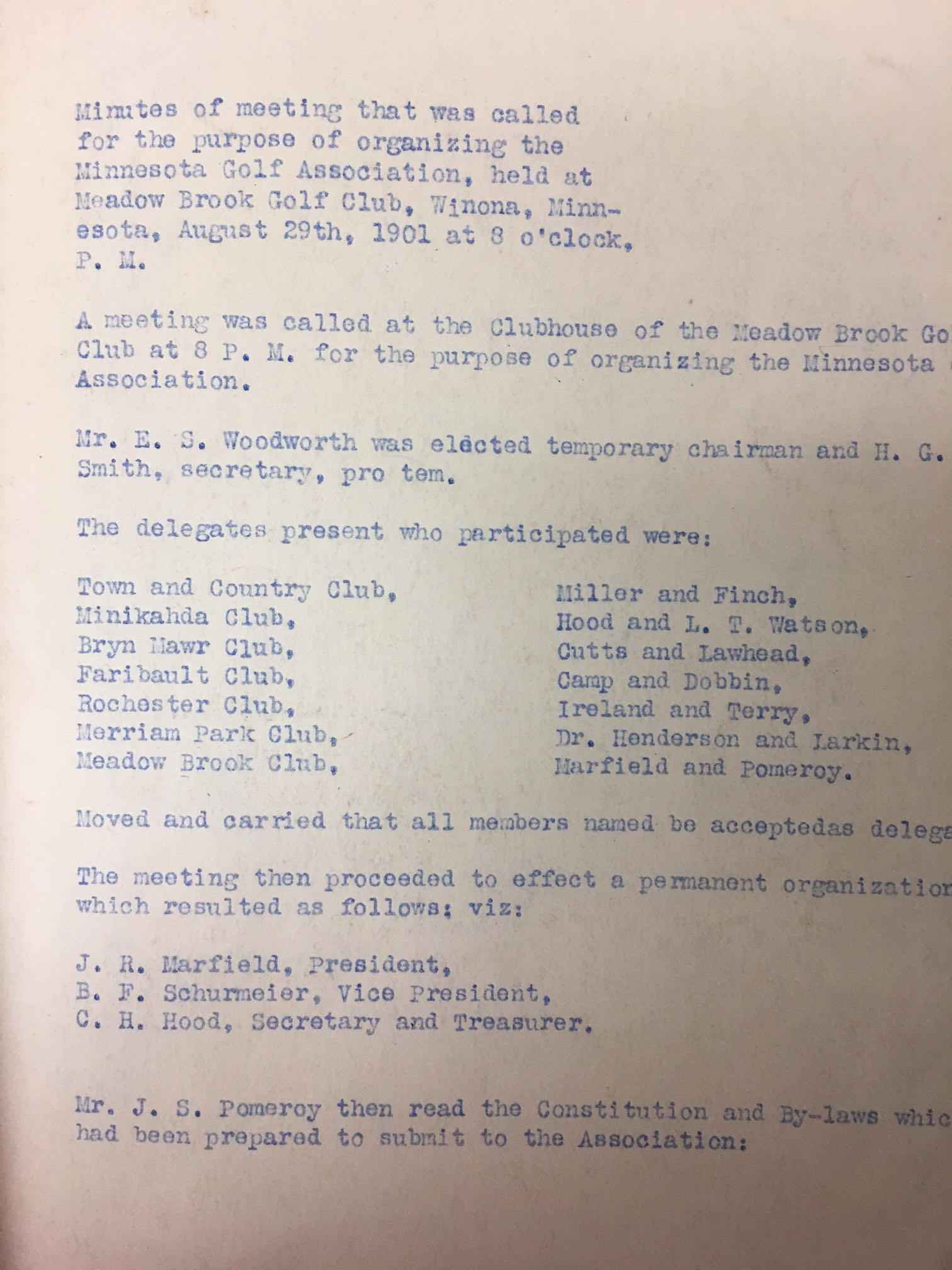 Author’s note: With the 2017 Masters opening today, it came to me yesterday that this year marks the 20th anniversary of my first trip to Augusta. What follows is the column I wrote for the Duluth News-Tribune of April 10, 1997.
Author’s note: With the 2017 Masters opening today, it came to me yesterday that this year marks the 20th anniversary of my first trip to Augusta. What follows is the column I wrote for the Duluth News-Tribune of April 10, 1997.
———————-
AUGUSTA – I did it I did it I did it I did it!
I told you I would. I told you.
I knew that someday, some glorious day before I left God’s occasionally green earth, I would just take off and cover the greatest sporting event of all, the Masters golf tournament.
The day has arrived. The tournament starts today, and I am in Augusta! Can you believe it?
Tell me you don’t envy me. A wife, three kids, a job, a back yard to bail standing water out of … and I just took off for Augusta, unannounced.
Amen Corner, here I come!
How’d I do it? Just jumped in a company car, punched the gas pedal and headed south. Simple as that.
Why’d I do it? Why drop that great office routine — editing NHL roundups, changing times from Eastern to Central on NBA standings, trying to figure out voice mail — and cover a golf tournament 1,300 miles from home?
I got tired of waiting for the phone to ring, that’s why.
Some of you (those who should get a life) may remember my Masters columns of the past two years, Nos. 9 and 10 in an annual series. I tried for interviews with pro golfers, but Phil never called. Fuzzy never called. Lumpy never called. (That’s Mickelson, Zoeller and Herron, for all you surname-challenged readers.)
This year, we’ve got this spanking new computer device called Phone-Disc. It’s supposed to list every phone number known to mankind, but I couldn’t find “Eldrick Woods” or “Fred Couples” in the darn thing. There was a “COUPLES, F” in Kalamazoo, Mich., but I don’t think that’s the one I was looking for.
So if the hotshot pros won’t come to me, I’ll come to them.
Augusta or bust!
On the road
Maybe it was the anticipation of finally getting to Augusta, but the drive didn’t seem that long. The trip to Georgia takes days, but this felt like hours. I was never sleepy, never bored, never tempted to run one of those slowpoke Chevettes off the passing lane.
Now … it’s too good to be true … I’ve reached my destination.
The road sign announcing “Augusta” is a deep, lush green, the same blazing hue I’ve seen on my TV screen each and every April. There are no billboards blaring “HOME OF THE MASTERS” or roadside vendors selling green golf balls, which is exactly as I’d expected. The genteel folks running the tournament would never allow something so crass.
And maybe all that anticipation wasn’t good, because, frankly, Augusta isn’t what I expected. The town isn’t bustling, the azaleas aren’t blooming, the breeze isn’t warm and gentle and … can it be?? … the grass isn’t green? It feels like March in the Midwest, not April in Augusta.
This being a spur-of-the-moment decision, I didn’t prepare well for the trip. I don’t know where anything is in Augusta. But I do know I’m hungry. I’ll eat lunch on Lincoln Street, Augusta’s main drag, and find out how to get to Augusta National.
Searching, searching …
The Road Haus Cafe is painted dark green, darker even than the color of Augusta National’s wavy 16th green. The menu, though, is somewhat disappointing. I wanted to order a pimento cheese sandwich, the staple at Augusta National during Masters week, but the cafe isn’t in the Masters spirit. It doesn’t serve pimento cheese sandwiches. There’s cheese everywhere — cheeseburger, cottage cheese, cheese curds — but no pimento cheese.
Lunch is filling, and it’s time to go to work. I turn to the waitress.
“Can you tell me where the golf course is?”
She is puzzled. “Golf course? In town? Linda, is there a golf course in town?”
Linda, hauling hash in the other aisle, says no. I guess they’re not golf fans, but how can they not know about the Masters?
Minutes laker, walking across the street, I see a well-groomed, middle-aged man in an antique shop wearing a green jacket. Masters champions wear green jackets. Could this be … Charles Coody, the 1971 Masters champ?
I approach.
“Excuse me, sir, are you a golfer?”
“I have golfed.”
“Can you tell me where the golf course is?”
“In Augusta? There’s no golf course here.”
Very strange. If that really was Mr. Coody, he’s been out in the Augusta sun too long.
Across the street again. What luck! A man wearing a sweatshirt with the word “GOLF” etched across its back is sitting in a local bar.
He must know where The Shark and Gentle Ben and The Golden Bear are this week. I enter Country Dave’s Saloon.
“Excuse me. Are you a golfer?”
“Sometimes.”
“Can you tell me where the golf course is?”
“What course?”
“Augusta National.”
(Thin smile.) “There is none.”
“There is none?”
“There is none. Not here. Not in this Augusta.”
It hits me. In the words of Roberto de Vicenzo, who lost the 1968 Masters after signing an incorrect scorecard, “What a stupid I am.”
I am ashamed and embarrassed. I am in Augusta, Wisconsin, not Augusta, Georgia!
The other Augusta
I’m not kidding. While looking to hook up with the freeway out of Eau Claire, I’ve taken a wrong turn down U.S. Highway 12 and ended up in the wrong Augusta — a quiet little town of 1,500 smack-dab in the middle of Dairyland.
What a stupid I am.
Well, as long as I’m here, I can still do some reporting.
Dennis Frank is the fellow in Country Dave’s. He’s from Fall Creek, the town up the road from Augusta, and is both a golfer and a golf fan, as his sweatshirt suggests.
“Yeah, I’ll watch some,” he says of the Masters TV coverage. “Hey, I’ve gotta see if Tiger Woods is going to win. Him or Nick Faldo.”
It turns out Augusta, Wis., isn’t much of a golf town. There’s no Augusta National here, not even an Augusta National Bank. The nearest golf course is in Osseo, 10 miles to the south. Frank and some others built a couple of holes on flat land out behind the high school and hoped to build more, but the idea never took off.
Augusta National North? Alister Mackenzie, who designed the real thing back in 1932, would not have approved.
The big event in Augusta, Wis., isn’t a golf tournament. It is, according to city clerk and treasurer Sandy Boettcher, Bean and Bacon Days, held on 4th of July weekend and featuring packed streets and a 300-unit parade. The event is named in honor of Bush’s Best Beans, which as a plant in Augusta and is the town’s largest employer.
The town’s notable sporting accomplishments come from the Augusta Beavers, who won the 1989 Wisconsin Division 6 high school football championship, and the Augusta Athletics town baseball team, which won the 1994 state championship.
Boettcher says Augustans are proud of their town. “It’s a nice little town; people come here to retire,” she says. She laughs and says City Hall occasionally gets calls from people wondering about the Masters — seriously.
Well, I can’t promise I’ll be back, now that I’ve looked at the map and know how to get to that other Augusta.
Guess I’ll just turn around, head back to the frozen north, and sit in front of the TV all weekend.
What a stupid I am.
—————–
Postscripts, nigh upon 20 years:
— I seriously did write a pre-Masters column for 10 consecutive years for the News-Tribune. One year, I stumbled across the phone number for 1959 Masters champion Art Wall, who was gracious and engaging in granting an interview. Wall died in 2010.
— If I’m not mistaken, this was my last byline and certainly my last column for the News-Tribune. I had by this time committed to taking a position at the St. Paul Pioneer Press, and I remember vacillating about whether to invest a workday and then some on a lame-duck folly such as this. I did, and I’ve never regretted it, even though one of my closest Duluth golfing friends, who preferred his journalism direct and sober, told me post-publication that he was not amused.
— Within hours of publication, 21-year-old Tiger Woods had stolen my thunder with a 30 on the back nine at Augusta National — the one in Georgia — en route to a spectacular 12-shot victory over runner-up Tom Kite for his first of 14 major championships. I wonder where Tiger is today. …
— I have been back to the Augusta in Wisconsin once since 1997. Sadly, I have never been to the Augusta in Georgia.
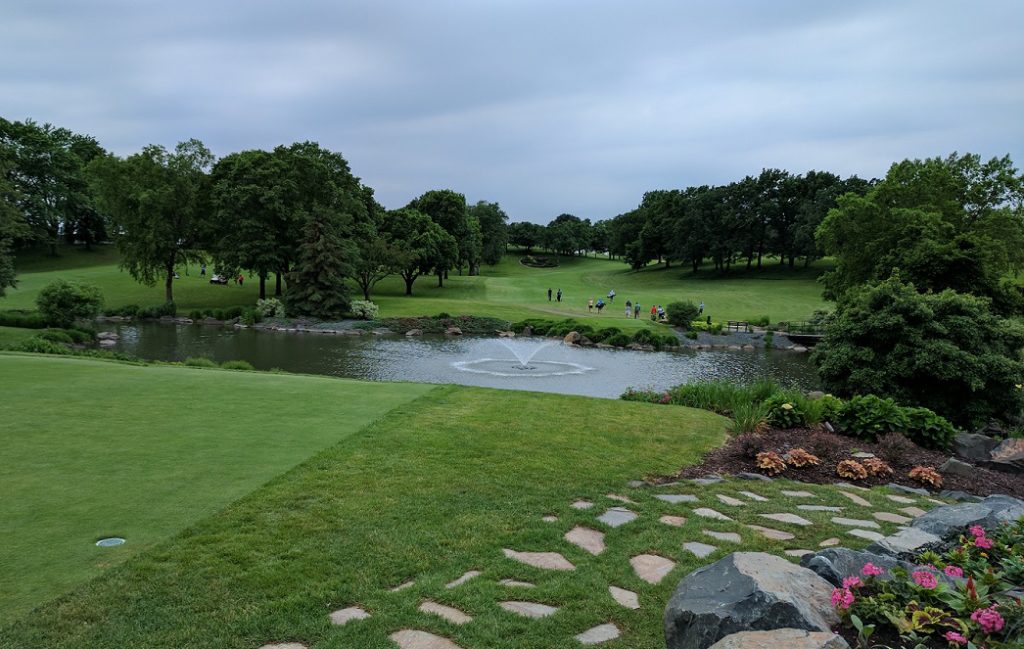
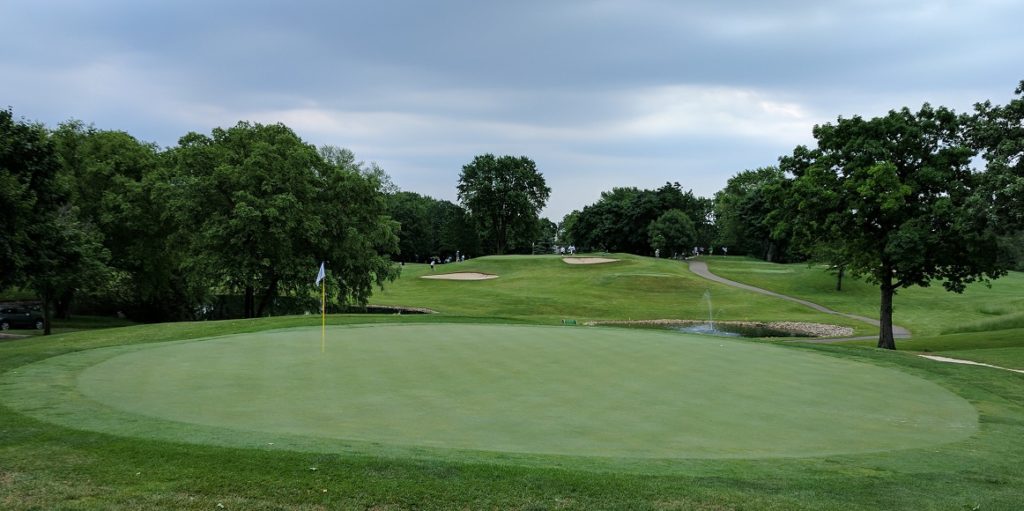
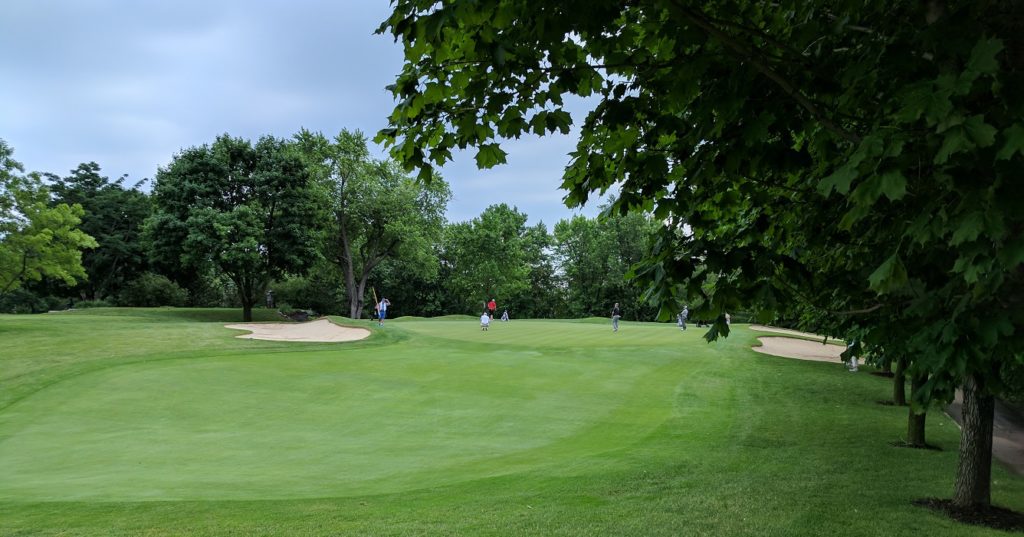
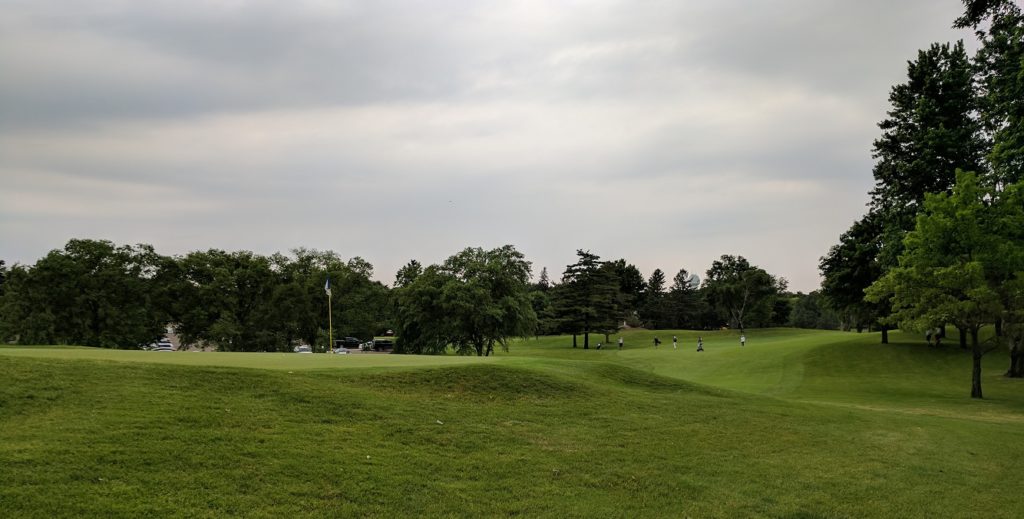
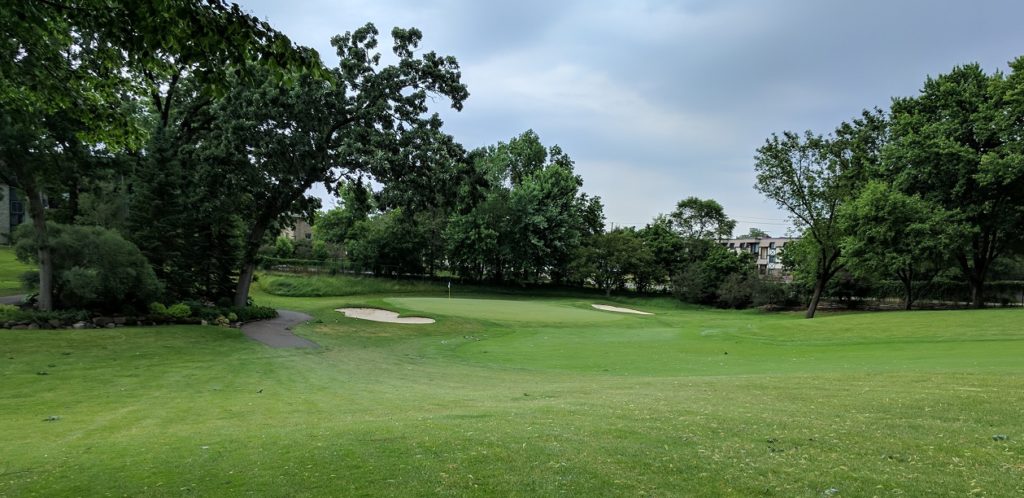
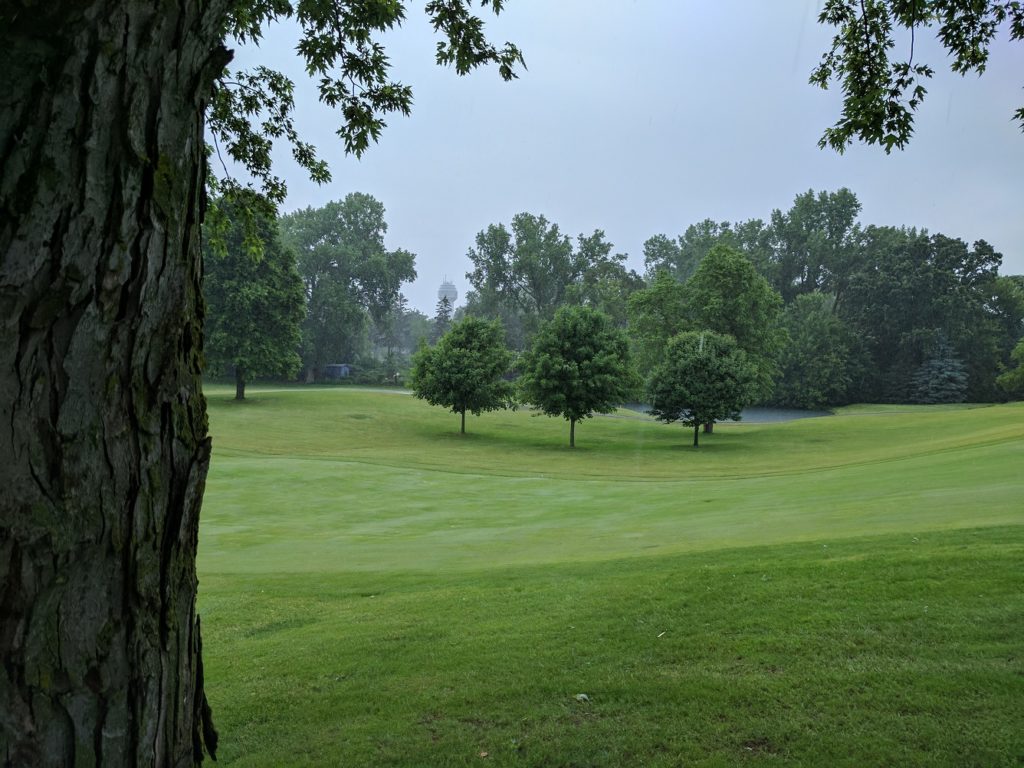
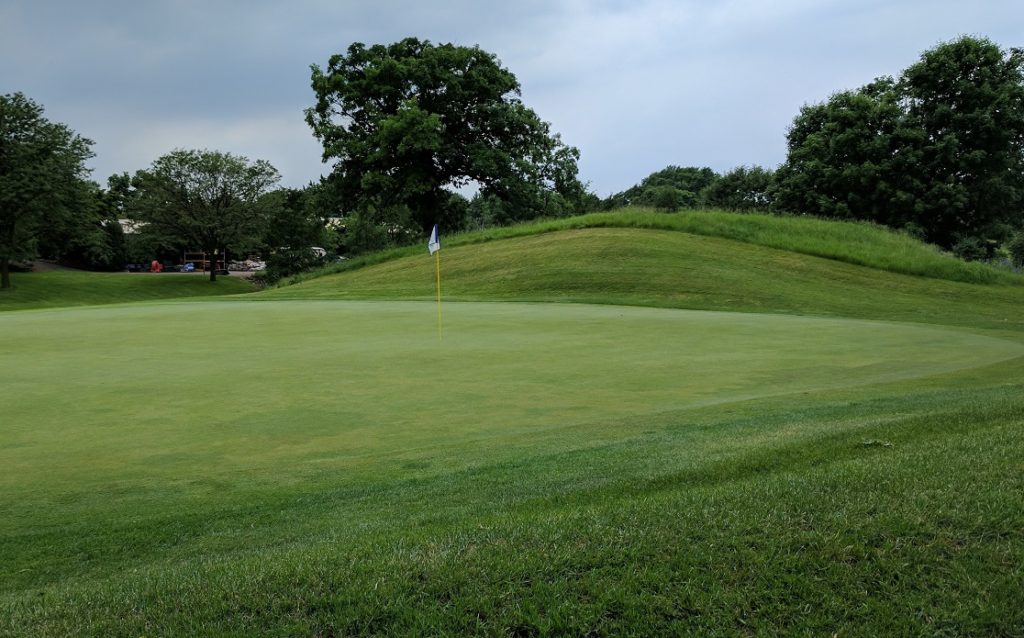
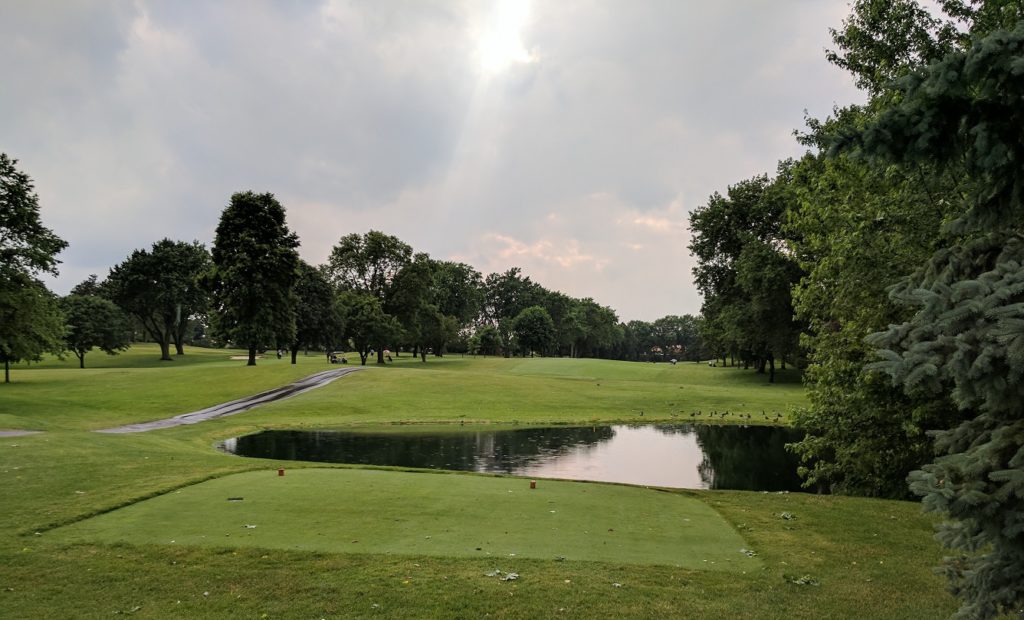
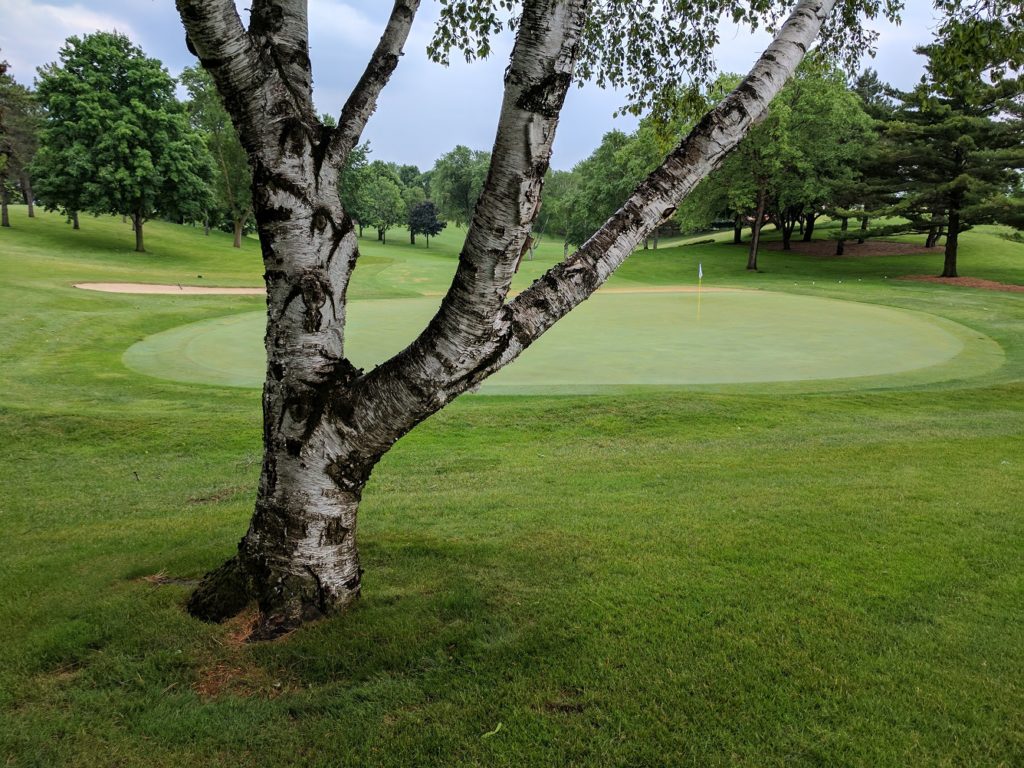
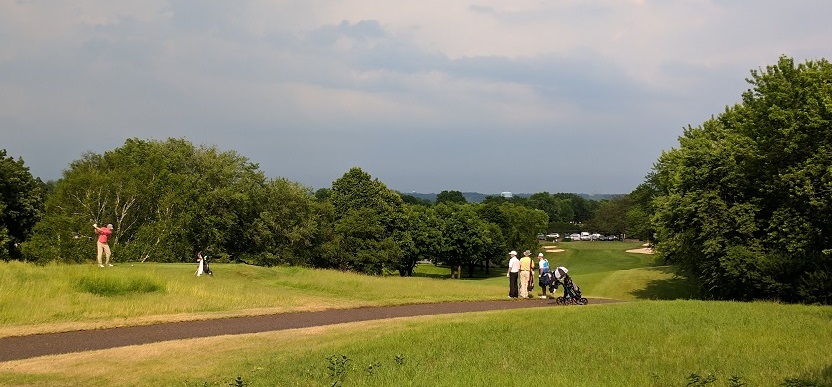
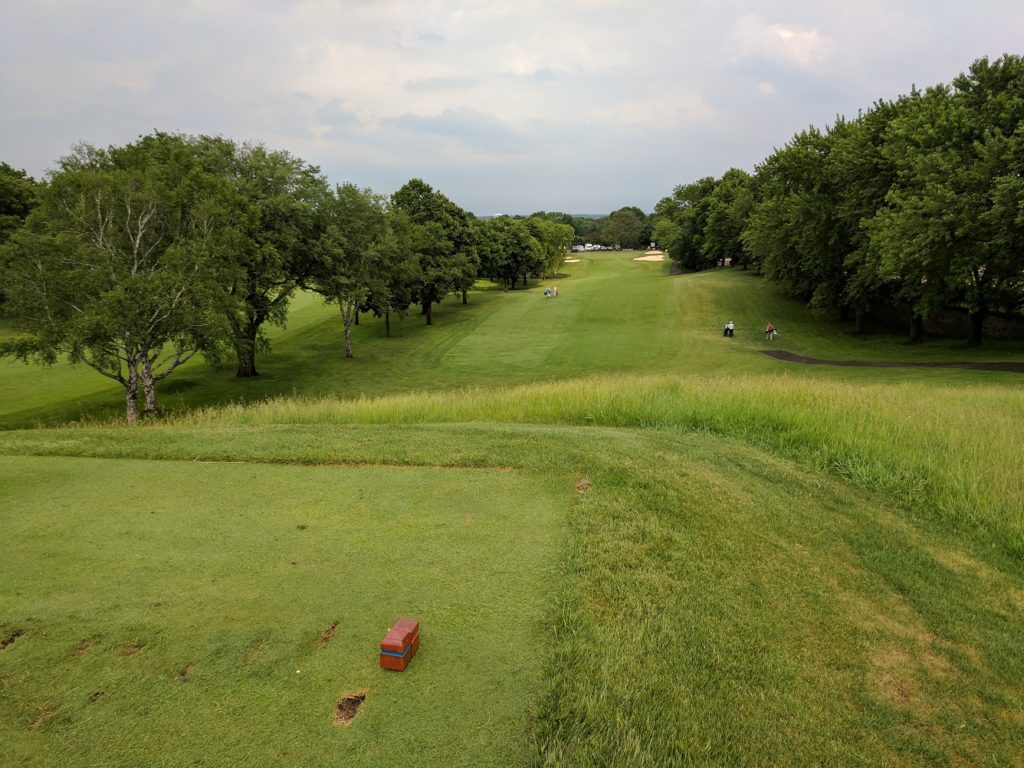
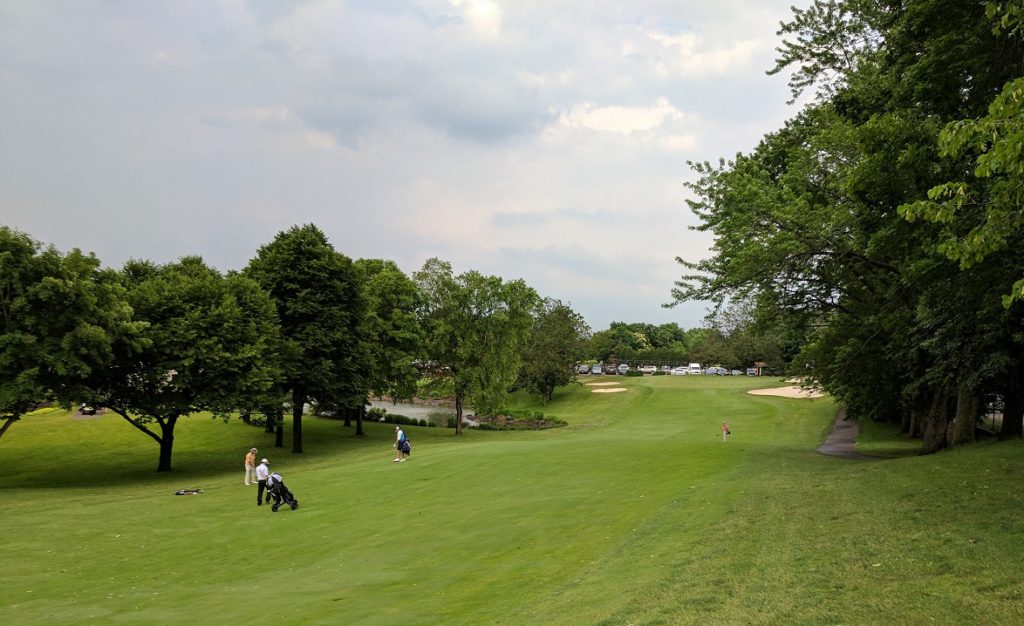
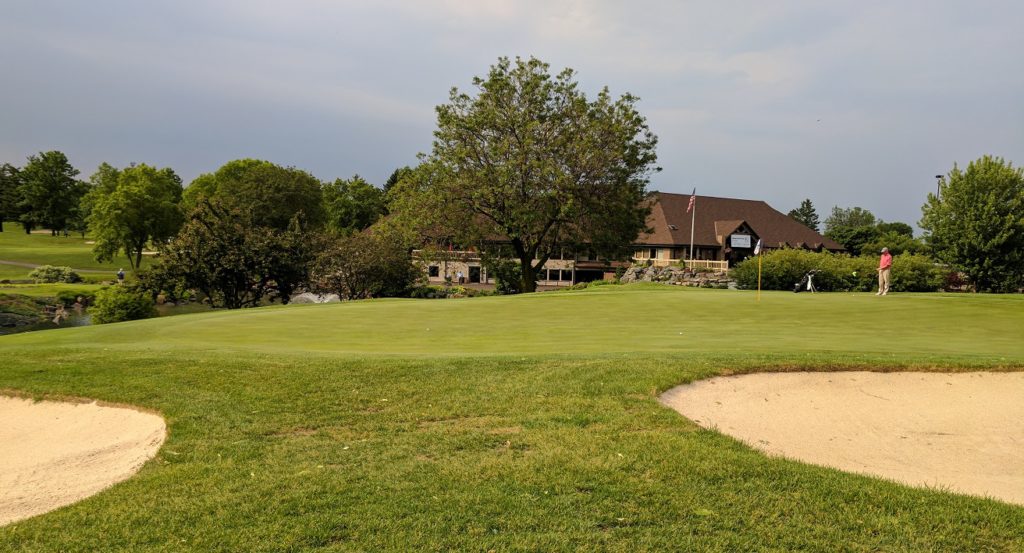
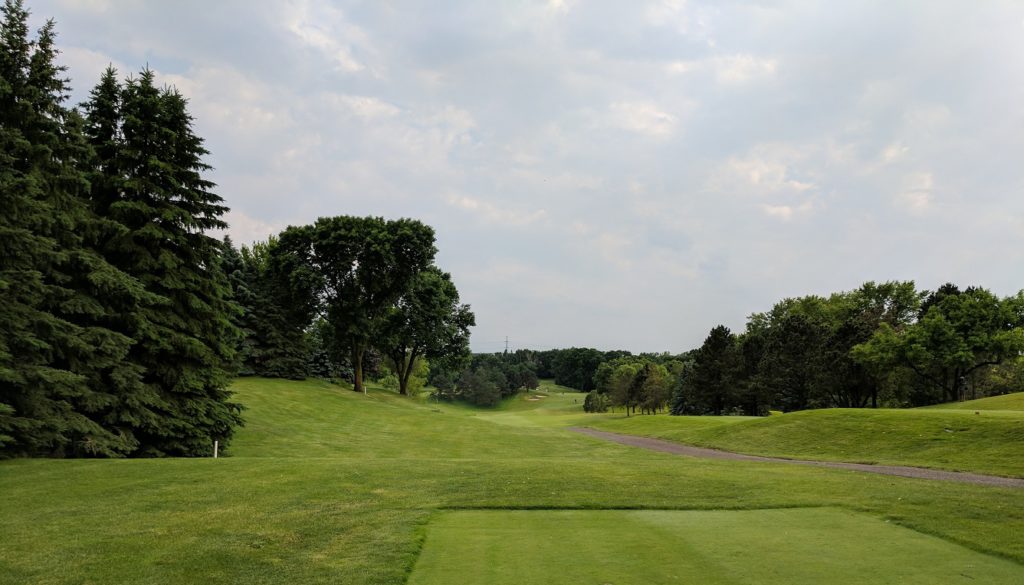
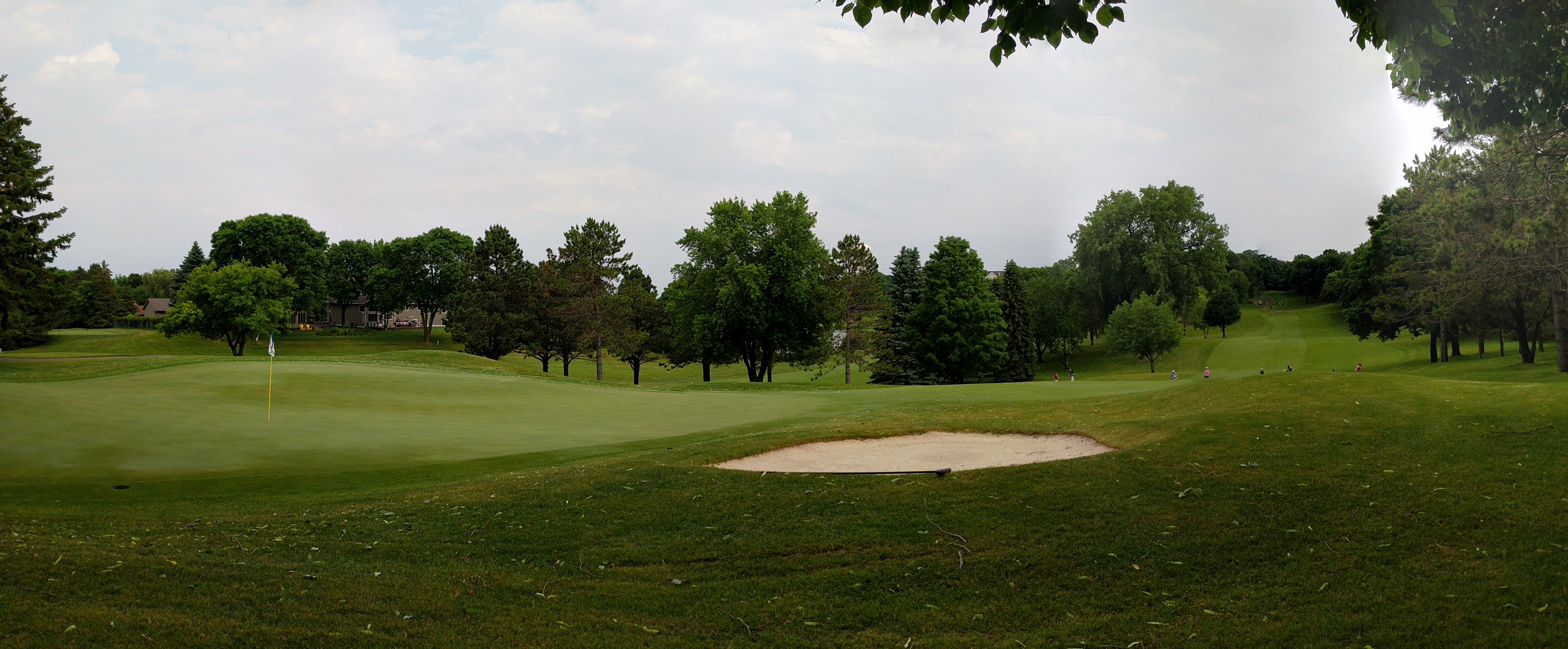

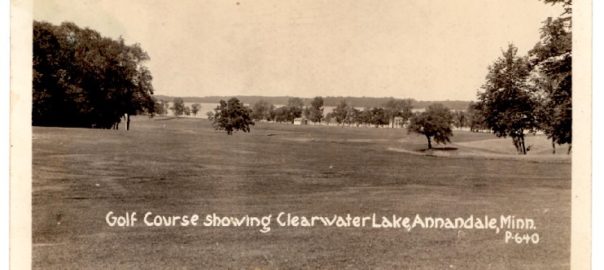
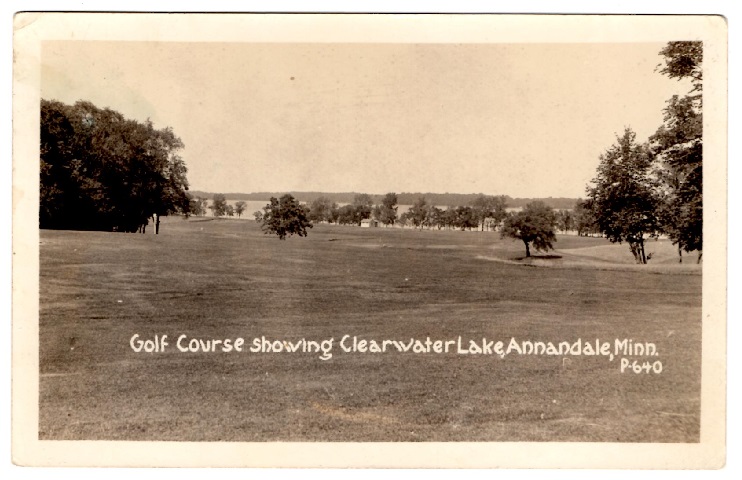
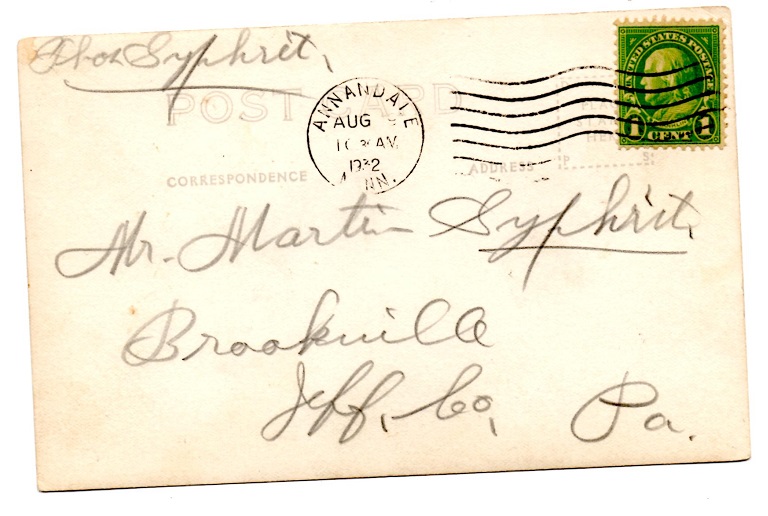 Best guess is that the photo was taken from near the center of the golf course, looking northeast and toward Clearwater Lake. Wright County Highway 24, which was more or less the southern border of the course, would be behind the photographer, as would the clubhouse. There is a better look at the entirety of the golf course in an aerial photo of the course on my original post on Clearwater CC (see link above).
Best guess is that the photo was taken from near the center of the golf course, looking northeast and toward Clearwater Lake. Wright County Highway 24, which was more or less the southern border of the course, would be behind the photographer, as would the clubhouse. There is a better look at the entirety of the golf course in an aerial photo of the course on my original post on Clearwater CC (see link above). Author’s note: With the 2017 Masters opening today, it came to me yesterday that this year marks the 20th anniversary of my first trip to Augusta. What follows is the column I wrote for the Duluth News-Tribune of April 10, 1997.
Author’s note: With the 2017 Masters opening today, it came to me yesterday that this year marks the 20th anniversary of my first trip to Augusta. What follows is the column I wrote for the Duluth News-Tribune of April 10, 1997. 